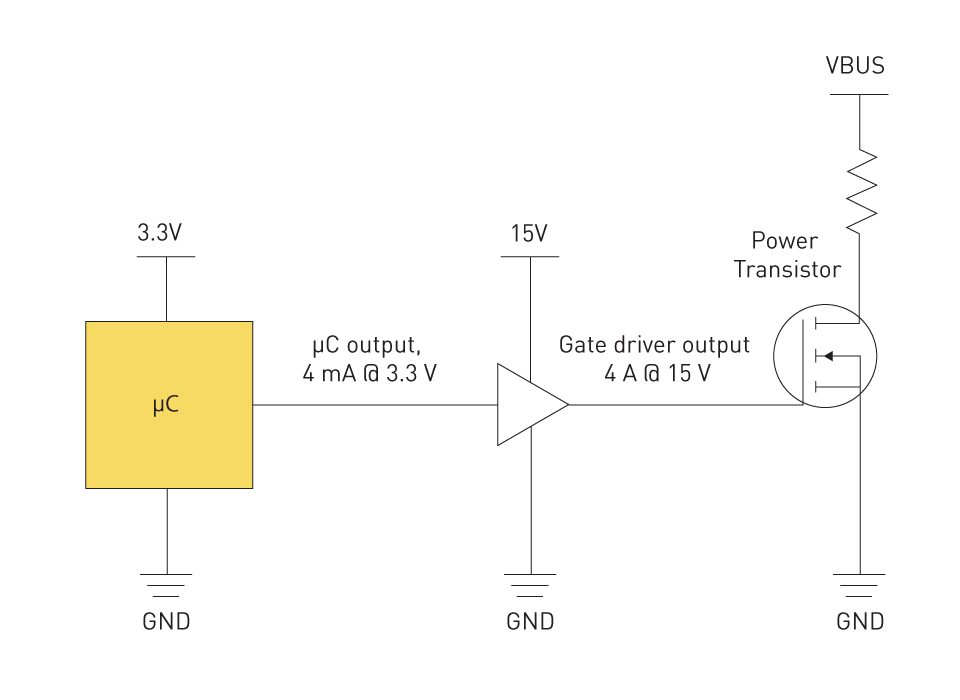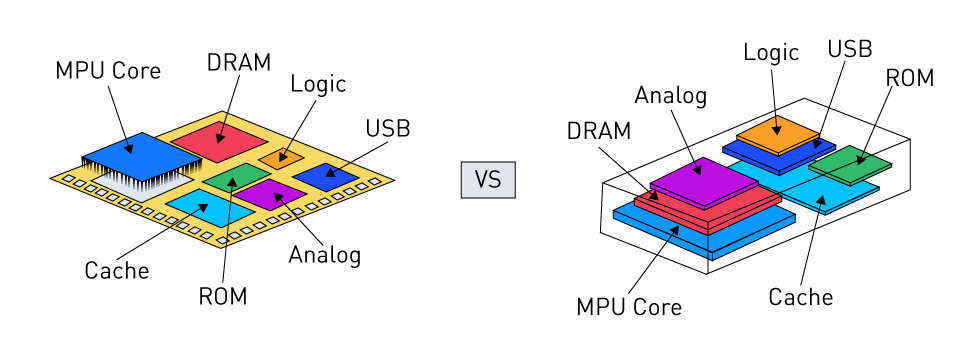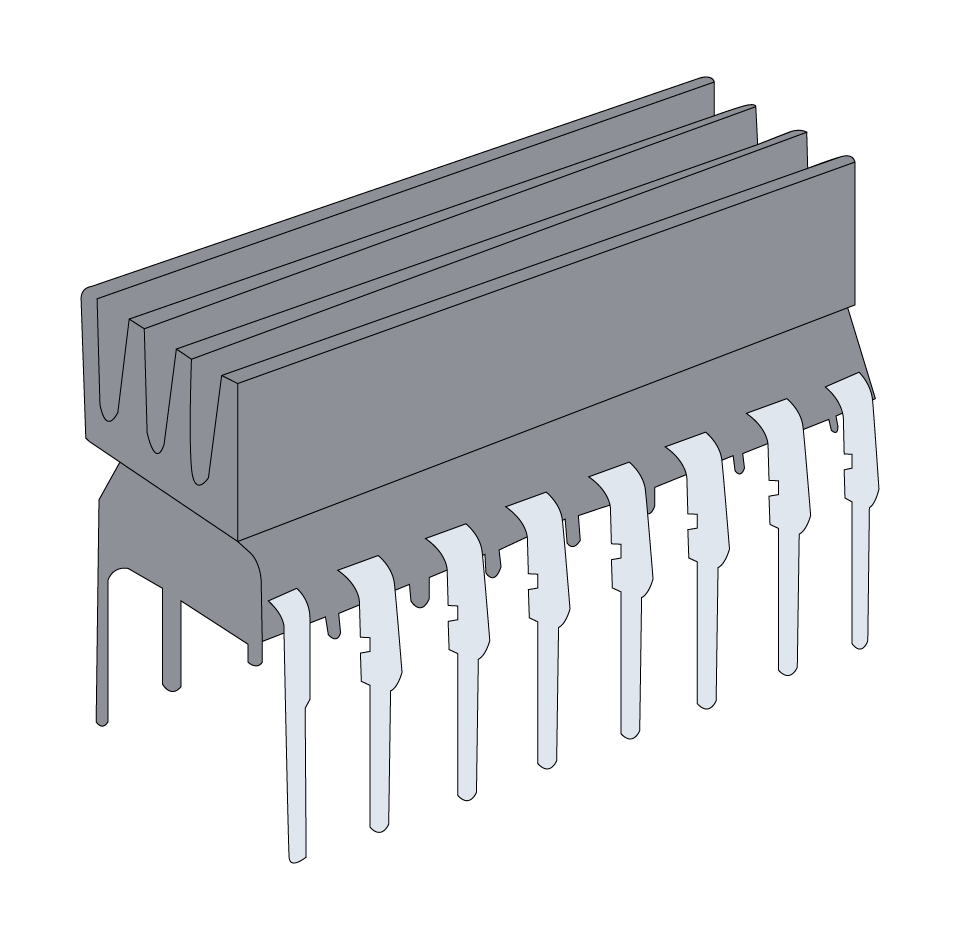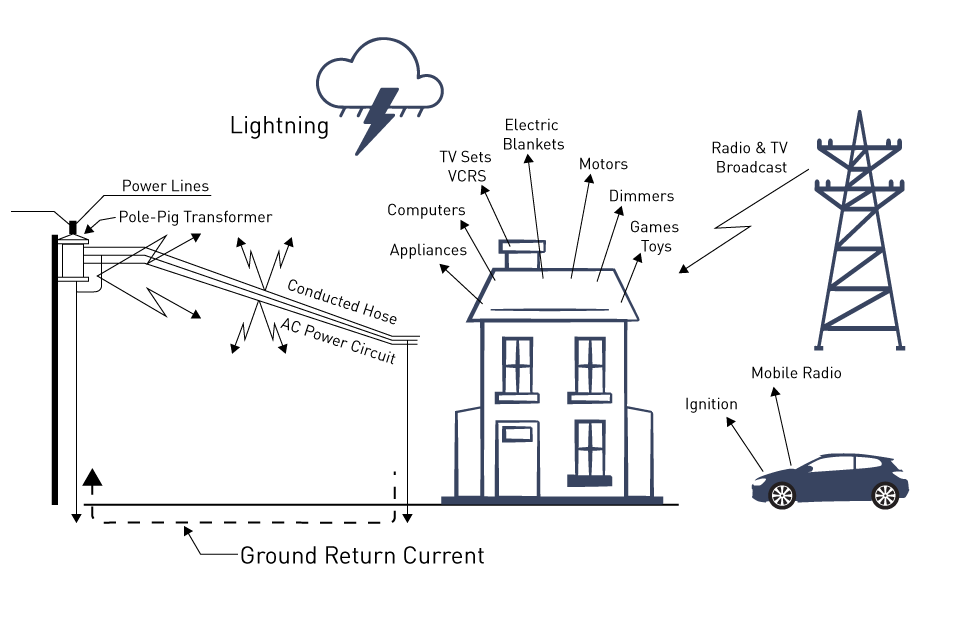Real-World Applications
Invaluable insights into practical design scenarios are provided by analyzing real-world applications of digital isolators, featuring best practices and lessons learned in the domain.
Analysis of Practical Design Scenarios
Scenario 1: Industrial Automation System
- Design Challenge: To handle signal transmission between high-power motor drivers and sensitive control circuitry, it is required to integrate digital isolators in a robotic arm control system.
- Solution: High-voltage-resistant isolators with robust EMI shielding were implemented, featuring a meticulous PCB layout to reduce crosstalk and integration of differential signaling for heightened noise immunity in the design.
- Outcome: Ensuring precise and reliable operation of the robotic arm, the isolators effectively shielded the control circuitry from high-voltage transients and electromagnetic noise.
Scenario 2: Medical Device Interface
- Design Challenge: In a patient monitoring system, digital isolators are used to guarantee electrical isolation between the data processing unit and patient-connected sensors.
- Solution: Choosing medical-grade isolators characterized by minimal leakage currents and high isolation voltage ratings. The focus of the design was on biocompatibility and adherence to medical safety standards.
- Outcome: Meeting strict medical safety needs and contributing to the precision and dependability of the monitoring system, the isolators offer safe and reliable signal transfer.
Comparative Studies
Guiding the selection process based on specific application needs, comparative studies of digital isolator technologies and designs are crucial for understanding their relative strengths and weaknesses.
Evaluating Different Isolator Technologies and Designs
Comparison of Isolation Methods
- Capacitive vs. Magnetic vs. Optical Isolators: Distinctive differences are revealed in a comparative analysis of these core technologies. Capacitive isolators commonly demonstrate excellence in compactness and high-speed data transmission. Magnetic isolators are preferred for their robustness and power transfer capabilities in high-voltage applications. Meanwhile, optical isolators offer noise immunity and superior isolation, proving especially helpful in settings with notable electromagnetic interference.
Design Variations
- Single-Channel vs. Multi-Channel Isolators: The tradeoffs between single-channel and multichannel designs are focused on comparative studies. Single-channel isolators typically offer higher performance per channel and are simpler, whereas multichannel isolators potentially decrease overall system complexity and cost along with providing integrated solutions that save space.
Advanced Features
Advanced features such as signal conditioning capabilities, integrated power management, and special packaging technologies are also included in comparisons. Assessment is conducted for each feature regarding its impact on power consumption, application suitability, and overall performance.
Selection Criteria Based on Specific Needs
Application-Specific Requirements
- Identifying Key Parameters: Identifying the most critical parameters for a given application frequently determines the selection of digital isolator technology. For instance, in a high-speed communication system, priority may be given to data rate and signal integrity, while isolation strength and robustness might be deemed more critical in an industrial motor control application.
Cost vs. Performance Analysis
- Balancing Budget and Specifications: Balancing cost considerations against performance specifications is facilitated by comparative studies. In cost-sensitive projects, isolators that provide essential features at a lower cost may be the focus of studies, while the emphasis would shift to advanced features and superior performance in high-end applications.
Environmental and Regulatory Considerations
- Compliance and Suitability: Crucial selection criteria involve the suitability of isolators for particular environments, like medical applications requiring biocompatibility or high-temperature industrial settings, as well as their compliance with suitable regulatory standards.
Long-Term Reliability and Maintenance
- Lifetime and Maintenance Requirements: Long-term reliability and maintenance needs of various isolator designs are also assessed in studies, considering factors such as the simplicity of replacement or repair processes and the mean time between failures (MTBF).






直接登录
创建新帐号